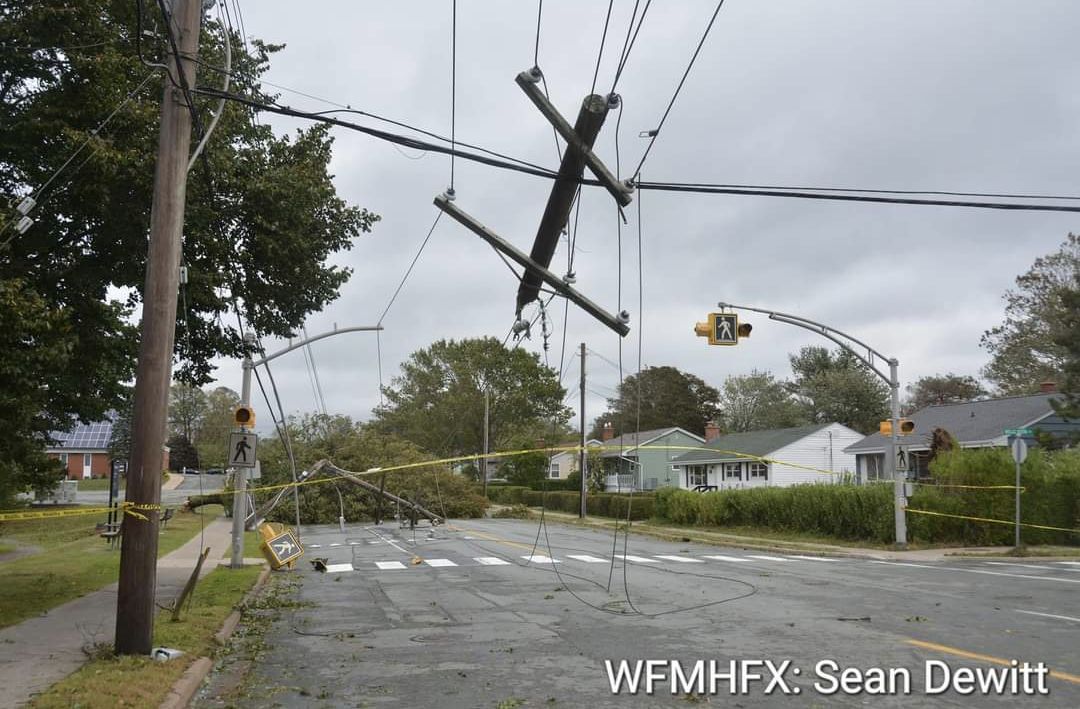**** Info via Environment Canada
2023 Atlantic hurricane season forecast
June 1 marked the official start of the 2023 Atlantic hurricane season. According to the National Oceanic and Atmospheric Administration (NOAA), we can expect near-normal activity in the Atlantic Basin this year.
NOAA is forecasting 12 to 17 named storms, from which five to nine could become hurricanes, and one to four could develop into major hurricanes (category 3, 4 or 5).
Probability and numbers of named storms predicted from NOAA’s 2022 Atlantic Hurricane Season Outlook.
This year is expected to be less active than recent years, where both 2020 and 2021 exhausted the regular list of rotating names.
Here is this year’s list of names for the Atlantic Basin:
List of the 2023 Atlantic tropical cyclone names provided by the World Meteorological Organization.
El Nino’s impacts
Did you know that El Niño conditions tend to suppress Atlantic hurricane activity?
After three La Niña-dominated hurricane seasons, there is a strong likelihood of El Niño conditions persisting this summer, potentially reducing hurricane activity in the Atlantic. However, conditions such as higher-than-usual rainfall in West Africa and warmer ocean temperatures may balance out this impact, leading to increased storm intensity and longer-lasting hurricanes.
Canada’s forecast
Typically, about 35 to 40% of storms that form in the Atlantic basin throughout a season make it into the Canadian Response Zone, which is monitored by the Canadian Hurricane Centre. Fortunately, not all of these predicted storms will make landfall, but it provides a general outlook of the type of seasons Canadians can expect in 2023. However, it’s important to remember that even one major hurricane making landfall can lead to havoc, destruction, and death.
Canadian Response Zone monitored by the Canadian Hurricane Centre.
The Atlantic hurricane season runs from June 1 to November 30th. For more information, visit our Hurricane forecasts and facts page.




